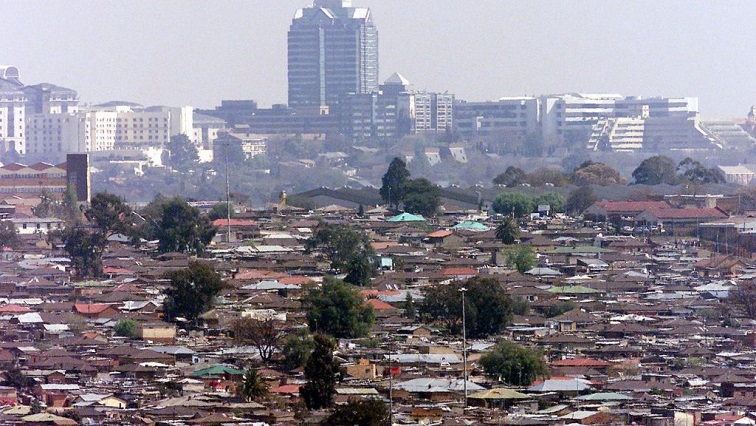Consumption expenditure data shows that South Africa is one of the most unequal countries in the world, and that inequality has increased since the end of apartheid in 1994.
The Overcoming Poverty and Inequality in South Africa: An Assessment of Drivers, Constraints, and Opportunities report shows that, overall, poverty levels are lower today compared to 1994. Relatively high and consistent economic growth following the end of apartheid in 1994 up to around 2011 supported poverty reduction in South Africa, although economic growth prospects have been slowing in recent years.
This study was prepared jointly by the National Planning Commission Secretariat at the Department of Planning, Monitoring, and Evaluation (DPME), Statistics South Africa, and the World Bank.
The economy is currently not generating sufficient jobs, and the unemployment rate was 27.7 percent in the third quarter of 2017. Youth and unskilled workers bear the brunt of the problem as employers seek skilled workers, and the youth unemployment rate was 38.6%. As a result, poverty rates increased between 2011 and 2015.
South Africa one of the most unequal countries in the world
While the long-term trend indicates progress in reducing poverty, inequality has remained stubbornly high. The report reveals South Africa as one of the most unequal countries in the world, with consumption inequality having increased since 1994.
Wealth inequality is high and has been rising over time. A polarized labour market results in high wage inequality. Intergenerational mobility is relatively low and serves as a barrier to inequality reduction.

The report highlights the growing importance of education (skills) and labour market outcomes in supporting the country’s poverty and inequality reduction agenda.
High unemployment remains the key challenge for South Africa and the country struggles to generate sufficient jobs.
Unemployment key challenge
The labour market is characterized by several challenges.
These include, among others, first, high level of unemployment which reached 25.1 percent of the workforce in 2015 and 27.7 percent in the third quarter of 2017 associated with slow job creation as economic growth slowed in recent years.
Second, racial and gender disparities are still predominant in South Africa’s labour market, an enduring legacy of apartheid. Race still affects the ability to find a job, as well as the wages received once employed. Although an increased number of women participate in South Africa’s economy, female participants find it harder to find a job, and earn less than men when they do.
Third, there is strong evidence of a structural mismatch between labour demand and labour supply for unskilled workers. Despite extremely high and rising unemployment, skilled labor can be difficult to find in most skilled and professional segments largely due to the poor state of the public education system. Yet education has a strong influence on the probability of labor market participation.
Fourth, location matters for labour market outcomes, with people in urban areas having better prospects of getting a job and a higher probability of getting a formal job, but there are no significant differences across provinces. Location has implications on the travel costs which tend to be a burden for getting jobs.
The unemployed, and especially the youth, tend to lack resources and mobility for a job search or ability to relocate as jobs could be located far.

In some cases, underdeveloped transport, high cost of commuting and crime makes job search more difficult and raise associated expenses and reservation wages.
Fifth, labor market institutions and a rigid regulatory environment are shown to contribute to high levels of unemployment and wage disparities.
Sixth, Small Micro and Medium Enterprises (SMMEs) have been struggling to advance inclusive growth and development as envisaged in the country’s NDP: the share of SMMEs has been falling over time as well as the proportion of employees working in this sector.
All these challenges slow the ability of labour markets to accelerate poverty and inequality reduction.
For the full report see below:






